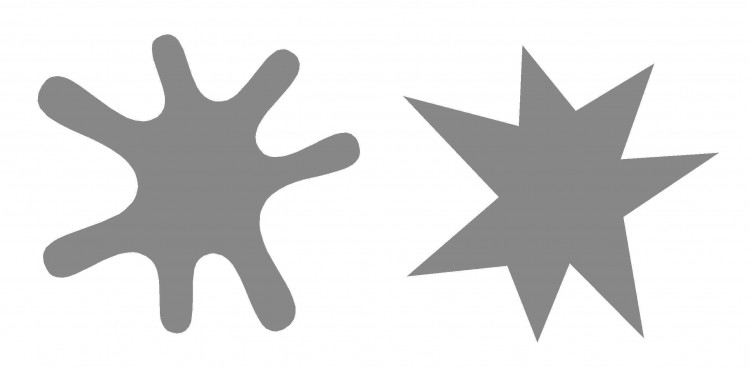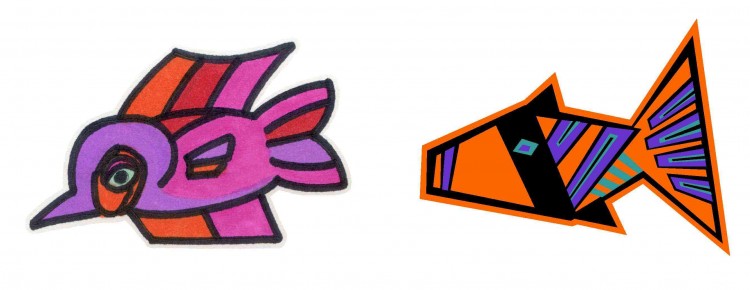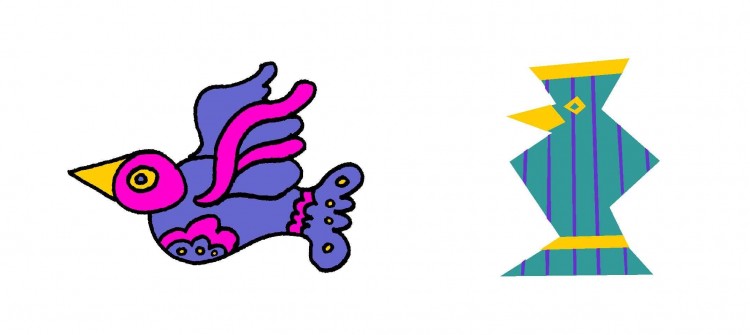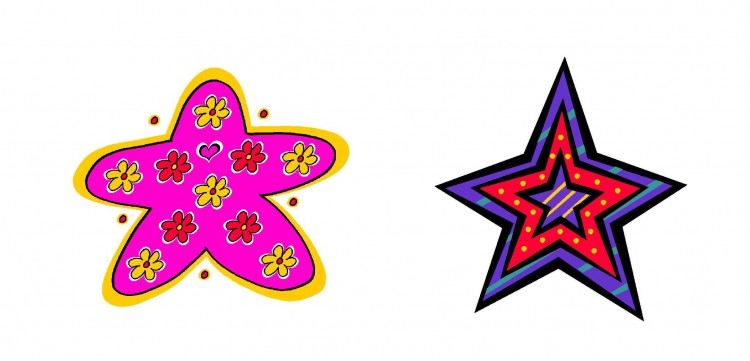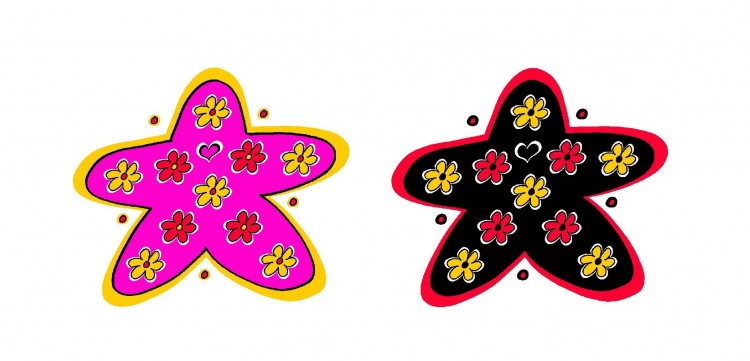Have you ever heard of the“Bouba – Kiki Effect” ?
In experiments conducted by psychologist Wolfgang Kohler in 1929, subjects were shown two shapes – one was rounded and curvy looking, and the other was jagged and pointy looking. The subjects were then asked which shape was named “Takete” and which was named “Baluba”. In most cases, the name “Takete” was chosen for the jagged shape, and the name “Baluba” was chosen for the rounded shape.
These experiments were repeated many years later by different scientists, using the names “Bouba” and “Kiki” as options for the shapes. Subjects in different parts of the world, who spoke different languages, consistently favored the name “Bouba” for the rounded shape, and “Kiki” for the jagged shape. And other experiments have shown that even children who are too young to read will show this kind of preference for naming the shapes!
There is some speculation as to why this preference exists, and as to what implications this may have regarding the nature of language, among other things. But it seems that “Bouba” has a more “rounded sound” to it, and thus tends to be perceived as matching the rounded shape, while “Kiki” has a more of a “sharp, angular sound” to it, and thus tends to be perceived as matching the angular shape. This tendency is popularly known as the “Bouba-Kiki Effect”.
With all this in mind, I thought it might be interesting to “add a little to the experiment” here by naming some of the characters that I’ve drawn in different styles according to the predominant kinds of shapes that they show. Now, they actually have other names that I’ve given them in the other contexts that I’ve drawn them in, but in the context of “adding a little to the experiment”, this is how I would name them:
(You can also see “Bouba” and “Kiki” in another context, with the names I’ve given them in that context – Just click on the names that they have assumed for this “experiment”!)
(You can also see “Bouba” and “Kiki” in another context, with the names I’ve given them in that context – Just click on the names that they have assumed for this “experiment”!)
(You can also see “Bouba” and “Kiki” in another context, with the names I’ve given them in that context – Just click on the names that they have assumed for this “experiment”!)
So note how the “characters” in the more rounded style have assumed the name “Bouba”, and those in the more angular style have assumed the name “Kiki” here.
Now let’s add just a little bit more to the experiment…
It seems that there is a kind of “feeling” associated with seeing a rounded, gently curving form or an angular, sharply pointed form, perhaps expressed with a “rounded, gentle sounding” name, or an “angular, sharply pointed” name.
In an earlier post, I showed how I experimented with drawing moods . It turns out that color plays a very important role in influencing our moods and feelings. If we change the color of a rounded form enough, as, from a “feminine pink” to a “masculine black”, can we change the feeling that it evokes such that we would see fit to call it by a more “aggressive-sounding” (or “angular-sounding”) name? Or, would the name “Bauba” suddenly take on a dark, brooding feeling in comparison to a bright, sparkling-sounding “Kiki”?
Again, that last point was just mere speculation, but I was just wondering about it…

